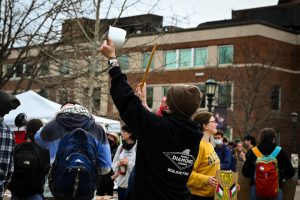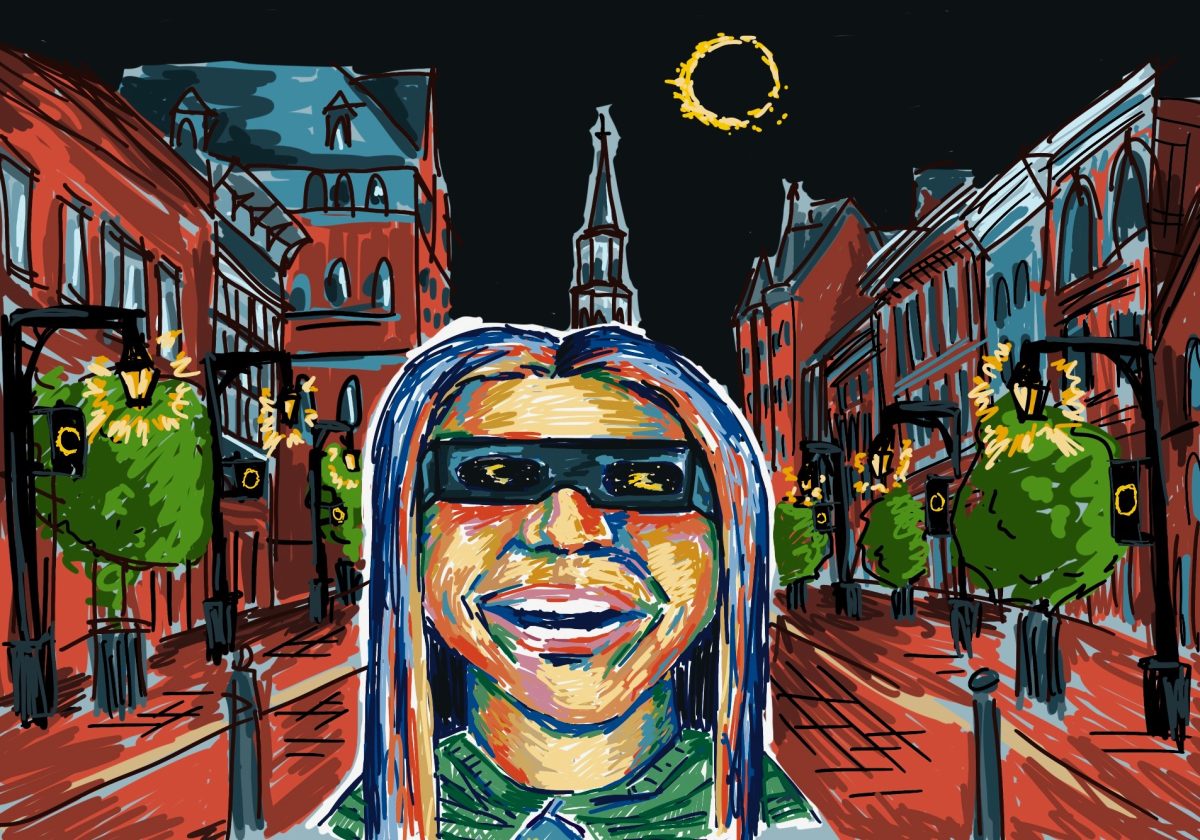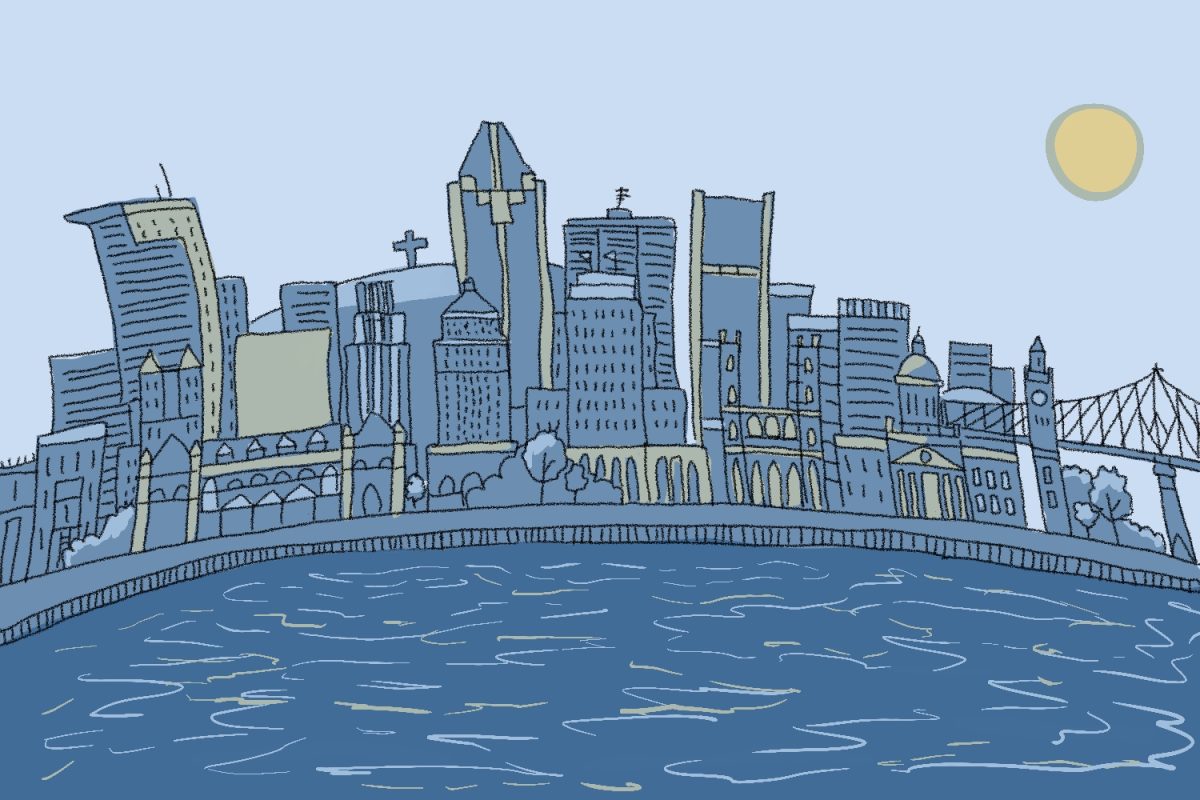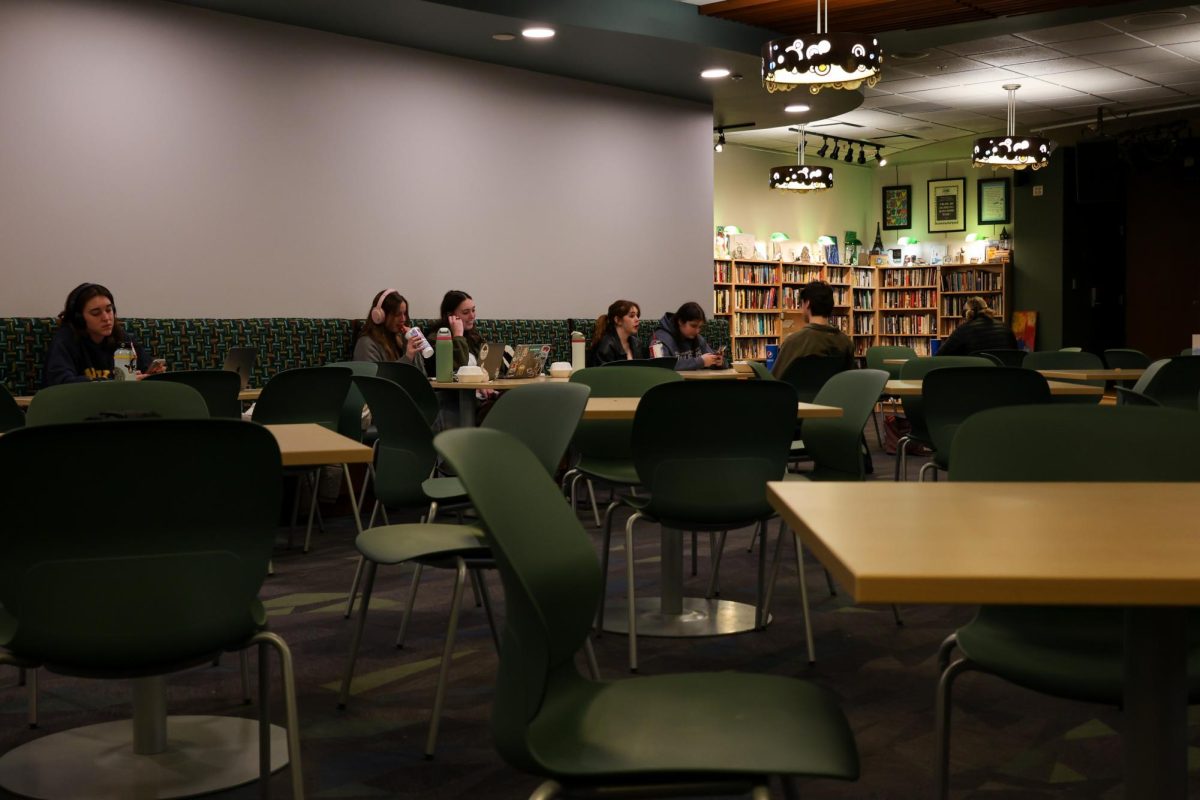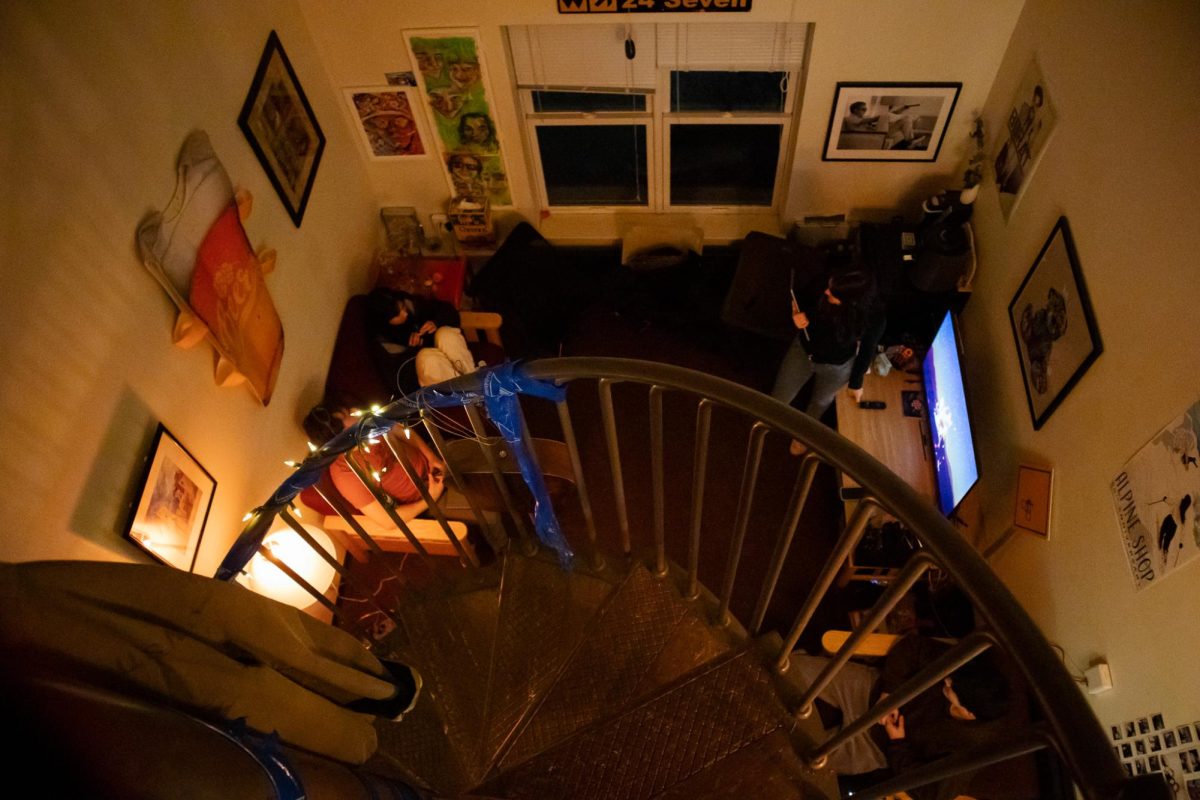?
Burlington’s waterfront tour gave participants a sense of Burlington’s rich historic past.
Britta Tonn led the tour and has been giving them for the past three years. Tonn has a master’s from UVM in Historical Preservation and gave an extensive history of the area.
Tonn began with the origin of Burlington, which was not a city until the 1780s. In 1800 Burlington had a population of 1,000 inhabitants.
Although similar harbors had been operating in New York City since 1648, the waterfront was not used as a port until 1823.
“Lake Champlain was the first lake to have regular steamship service in the country,” Tonn said.
In 1873, thousands were employed by Burlington port industries. Many were immigrants from Ireland, Italy and Quebec.
In the 1800s, a project was undertaken called the pioneer shops, she said.
Independent business owners could access tools and machinery that were too expensive for a small business to afford alone from a central building.
One of the resulting companies, the Burlington Venetian Blind Company, supplied all of the Venetian blinds for the Empire State Building.
Tonn also discussed some of Burlington’s historic buildings.
One of the oldest buildings in Burlington, which still stands today, is located at 166 Battery St.
This house is known as the Pomeroy house and was built in 1792 by Dr. John Pomeroy.
Dr. Pomeroy started UVM’s medical school in the Pomeroy house, and one of its many uses over the years was for tenement housing.
Pomeroy died in debt in his home in 1844.
The home of Timothy Follett, the largest business owner during the 1850s, is one of the last historic buildings of its era still standing.
The building stands at the bottom of the hill at 69 College St.
It is now home to the Pomerleau Real Estate offices. At its height, it hosted lavish balls and dinners with the elite people of Burlington.
Follett was a freshman at UVM at the age of 13 and graduated at 17 in 1811.
He began his career as a lawyer and then became a judge, but found that more fortune was to be made through the shipping and rail businesses.
To fund his dream of becoming a wealthy rail baron, he started The Merchants Bank in Burlington, which is still in operation today.
His rival, the Vermont Central Rail Company, outbid him on a very important bridge and he died in debt in an insane asylum.
The building that houses the Ice House Restaurant used to be an operational icehouse, where giant blocks of ice from the lake were stored.
One participant, Tom Gould, reminisced about the waterfront during the 1970s.
“I did enjoy coming down here to pick wildflowers,” Gould said. “It used to be a quiet place where only you and the bums were.”
Before the urban renewal project in the 1980s, the waterfront had been mostly abandoned since the end of the railway era, in the 1950s.
“It was just a nice place to bomb around on your mountain bike,” Gould said when recalling his college days.
Gould’s wife, Lisa, said that she wanted to take the tour because she lives in the area but did not know too much of the history.
The Burlington Board of Preservation is a nonprofit organization that seeks to inform and preserve the history of Burlington’s historical monuments and structures.
Waterfront tours meet every Saturday, weather permitting, at the information booth on the waterfront.
To find out about future tours and events, or to become involved, go to Preservationburlington.org.




